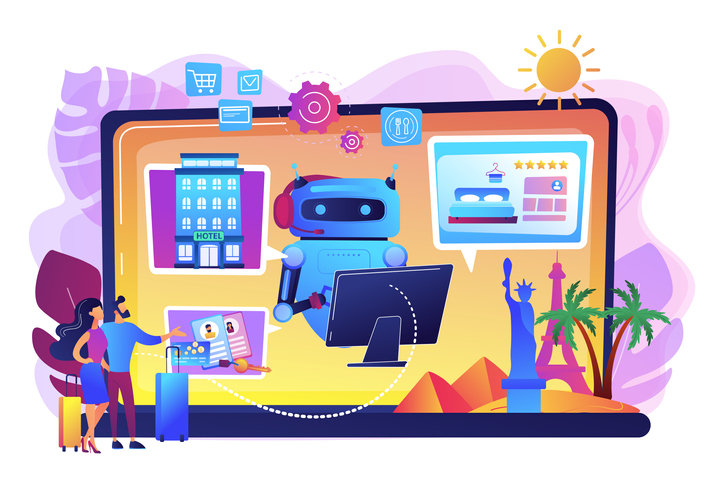
By Adam and Larry Mogelonsky
Now that we are entering budget planning season for 2023, perhaps your hotel has found the time to breathe again and think about the projects that will evolve your product. Even with any ‘normalization’ of travel demands on the horizon, it should still be clear that the labor challenges we are facing will not promptly subside; due to a cluster of converging macro-forces, supply shortages for hospitality labor will be an issue for the next few years at least.
There is no panacea either. It requires hard work from human resources departments to ramp up recruitment and make the application process more frictionless. It requires operations to make the job more desirable with better non-wage incentives and career advancement prospects. It also requires a deepening of our reliance on tech to automate the repetitive tasks that our teams no longer have time to do. And before deploying a new platform, it’s best to look at how to optimize your use of the property management system (PMS) and the website booking engine (WBE).
To keep things concise, here are some areas to investigate:
- Better interfaces between your PMS and any operations management system (OMS) so that there’s less siloed data and service or work orders can more fluidly get from the guest to the end associate who renders the task complete without any middlemen
- Build in great prearrival communications platforms that can both handle a lot of the basic questions (and possibly express check-in) as well as present incoming guests with upselling promotions that can maximize revenues without more back-end administration
- For the WBE, the big trend is towards a more holistic booking experience where guests can simultaneously book rooms followed by dining or other ancillary appointments (spa treatments, golf tee times and so on) in one, uninterrupted flowthrough, thereby decreasing the load on other channels and giving you more accurate forward-looking data to forecast labor needs
- Robust business intelligence (BI) platforms with multi-pronged data feeds can give great insights for both proscriptive labor allocations as well as recommendations to optimize TRevPAR (total revenue per available room), instead of doing much of this analysis through offline and disconnected Excel spreadsheets
- Expanding on the notion of TRevPAR and building more revenue per guest instead of only heads in beds, consider how to enhance the WBE functionality for such profit centers like the spa or golf course where ‘dynamic availability’ is important for revenue maximization – that is, using data to assign higher-margin services to higher-demand periods
- Building strong connections into an all-in-one PMS will help you build unified guest profiles that not only save your teams time in booking appointments and coordinating service but in future personalization and one-to-one marketing
- Several PMS vendors now offer some form of two-way guest messaging, either directly or through an interfaced partner, so that your associates don’t need to learn yet another platform and can coordinate pre-stay and post-stay comms from a centralized portal
There’s obviously much more that can be done, but our hope is to inspire you about developing more robust systems. It takes a lot of work, and there’s no better time to start planning than now.


